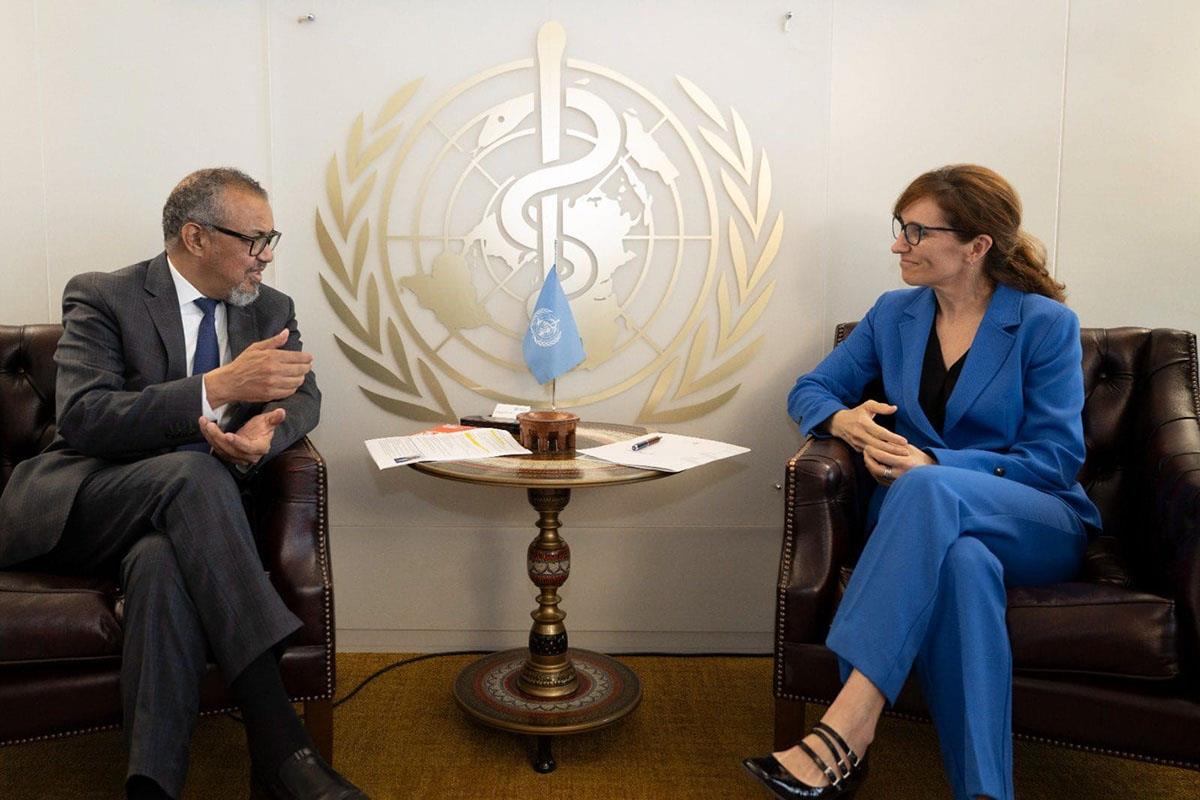Spain’s national health system (Sistema Nacional de Salud, SNS) is primarily financed through general taxation and provides universal coverage of a comprehensive benefits package to its residents – including citizens and documented and undocumented migrants. The Ministry of Health is responsible for national health planning and regulation, while the 17 regional health authorities have jurisdiction over regional operational planning, resource allocation, purchasing and provision decisions … Health services are delivered by a mix of public and private providers, with primary care doctors playing a gatekeeping role to specialist and hospital care …
Spain’s expenditure on health was 10.7 of GDP in 2021, close to the EU average (11.0%) … [While] Spain’s health expenditure – at EUR 2 771 per capita [2021] – falls below the EU average [EUR 4028], the health system provides universal health coverage. Public expenditure is the primary source of financing, but levels of out-of-pocket spending (21 %) are higher than the EU average (14.5%) … Despite relatively high OOP payments, catastrophic health spending in Spain is among some of the lowest in the EU: in 2020, fewer than 2.9 % of households experienced catastrophic spending due to OOP payments for health services. This result could be partially explained by strengths in the design of health system coverage and the highly redistributive effect of public expenditure in healthcare.
Public funding for health stems from general taxes and is managed by the regions (known as autonomous communities). Private spending on health largely arises from OOP payments on dental care, optical care, medicines and medical devices outside of hospitals, although there are exemptions and caps for medicines. In recent years, there has been a steady increase of both supplementary voluntary health insurance (VHI), which provides faster access to treatment, and complementary VHI, which provides coverage of services not included in the national benefits package (such as dental care).
Current Health Expenditure (CHE) as % Gross Domestic Product (GDP)9.2%CHE/GDP
Out-of-pocket (OOPS) spending as % of Current Health Expenditure (CHE)20.9%OOP/CHE
Domestic General Government Health Expenditure (GGHE-D) as % General Government Expenditure (GGE)6.7%GGHE-D/GGE
Gross Domestic Product (GDP), in constant (2020) US$ in millions (M), billions (B), or trillions (T)1.5TGDP (USD)
Population in thousands (K), millions (M) or billions (B)48.1MPopulation
Self-reported unmet need for medical care by sex (Total)1%Unmet Needs - Total
Self-reported unmet need for medical care by sex (Female)1.3%Unmet Needs - Female
Self-reported unmet need for medical care by sex (Male)1%Unmet Needs - Male
Spain, located in south-western Europe, had a population of 47.4 million people in 2021. Its life expectancy of 83 years in 2022 was the highest in the European Union. The following extract from Spain: Country Health Profile 2023, published by the European Observatory on Health Systems and Policies and the Organisation for Economic Co-operation and Development, summarizes Spain’s health system.


